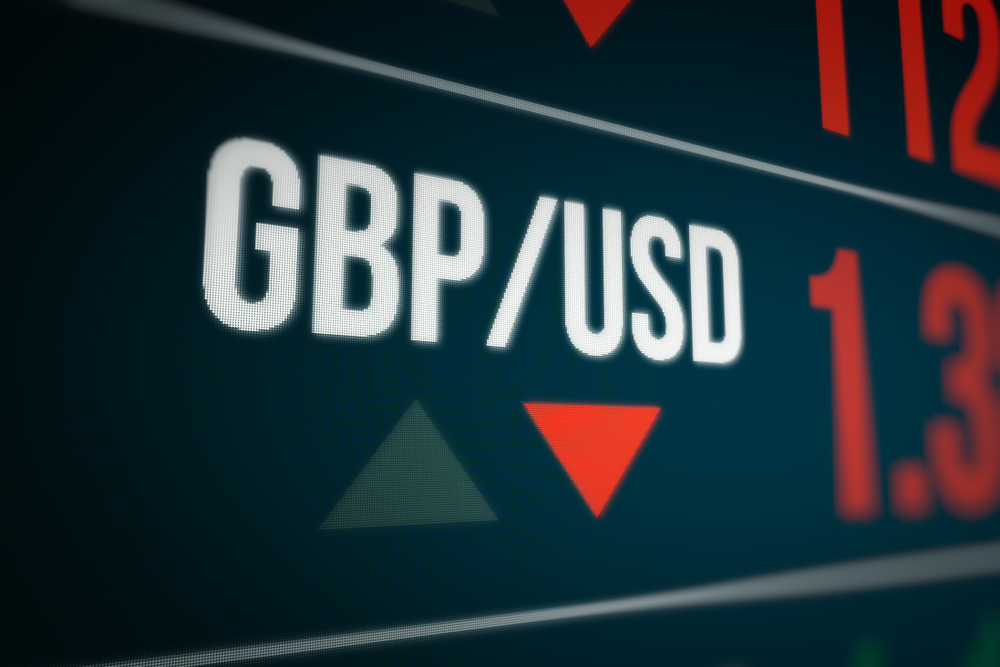Sterling fell by over 1% from last week’s two-year high to trade as low as $1.328 during Monday’s trading sessions, before trimming some losses to trade around $1.33 during the New York session. The currency pair GBP/USD traded in a wide range, breaching the third level of support to slump to a low not seen since November 22.
EUR/GBP traded at 0.9193, a session high not seen since October 26. The cross-currency pair receded from a position above R2 to trade below R1 at 0.9053 during the later sessions.
UK Brexit brinkmanship appears destined to fail
Traders and investors are awaiting signs of progress in the post-Brexit trade talks. The UK’s Foreign Office minister James Cleverly said that a trade deal with the EU was “nearly there”.
At the same time, EU chief negotiator Michel Barnier informed the press in Brussels that he was “rather downbeat as to the prospects of agreement”. Mr Barnier also confirmed negotiations would end this Wednesday, before the remaining 27 countries in the EU vote on the agreement this Thursday.
The UK Prime Minister Boris Johnson and European Commission President Ursula von der Leyen were having telephone calls in the early evening to attempt to resolve the situation.
Sterling rose versus its peers as news broke that during the conversation the UK had offered to remove parts of the rogue, contentious Internal Market Bill, which violates international law. Johnson will fly to Brussels on Tuesday for a last-ditch attempt to achieve a resolution.
However, the UK cannot expect to enjoy free market access or frictionless trade with the EU on the same basis as the remaining 27 countries unless it accepts all the rules and obligations of the EU. If the UK concedes, then it’s agreement will be BRINO (Brexit in name only) and infuriate an element of the ruling party Tory MPs.
Traders and investors in currency pairs or cross currency pairs involving the euro and sterling should continue to monitor the Brexit situation constantly until news emerges of a deal or no deal. With opportunity comes risk, while negotiations continue, there is the possibility of a significant surge in volume/volatility and consequently, a sudden and violent slump or rise in price not seen for many months.
USD and US equity markets see increased volatility due to ongoing stimulus debate
The US dollar pairs traded in wide ranges during the day’s sessions as the US Senate and Congress continue to wrestle over the next fiscal stimulus to be delivered directly to mainly small businesses and individuals. US equity markets traded off their record highs as the polarised debate continues.
Democrats in Congress want a total stimulation of approximately $2.5 trillion, the Republican governed Senate want less, close on $600 billion. The Senate only has two weeks to agree on the terms before the US government apparatus shuts to usher in the Biden administration. Without an agreement, the infamous Santa Rally for stocks could be under threat.
USD/JPY oscillated above and below the daily pivot point, between a daily high of 104.01 and a low of 103.95. At 8 pm the pair traded down –0.20%. USD/CHF oscillated in an extremely wide range, breaching R1 during the London session, to give back the gains and slump to S1 to print a multi-year low. At 8 pm the pair traded at 0.8899, down –0.20% on the day and –8.37% year-to-date.
High to medium impact economic calendar events to monitor on Tuesday, December 8
European markets and the euro are the focus of the economic calendar during Tuesday’s sessions. Early morning the latest French trade balance, export, import, and current account figures are revealed. The expectation is for all the metrics to indicate a deterioration in the French economy.
In the London-European session, we’ll also receive the latest GDP figure for the Eurozone. Reuters forecast a growth figure of 12.6% quarter on quarter. A miss or beat of the prediction could see the euro become volatile. The forecast is for the year-on-year GDP to remain at -4.4%. Germany’s ZEW figures indicate the overall health of the EZ’s engine of growth. Reuters predict Tuesday’s reading will be 45.5 for economic sentiment, a rise from 39 in November. Germany’s industrial output beat expectations when the data was published on Monday, coming in at 3.2% growth month on month.


